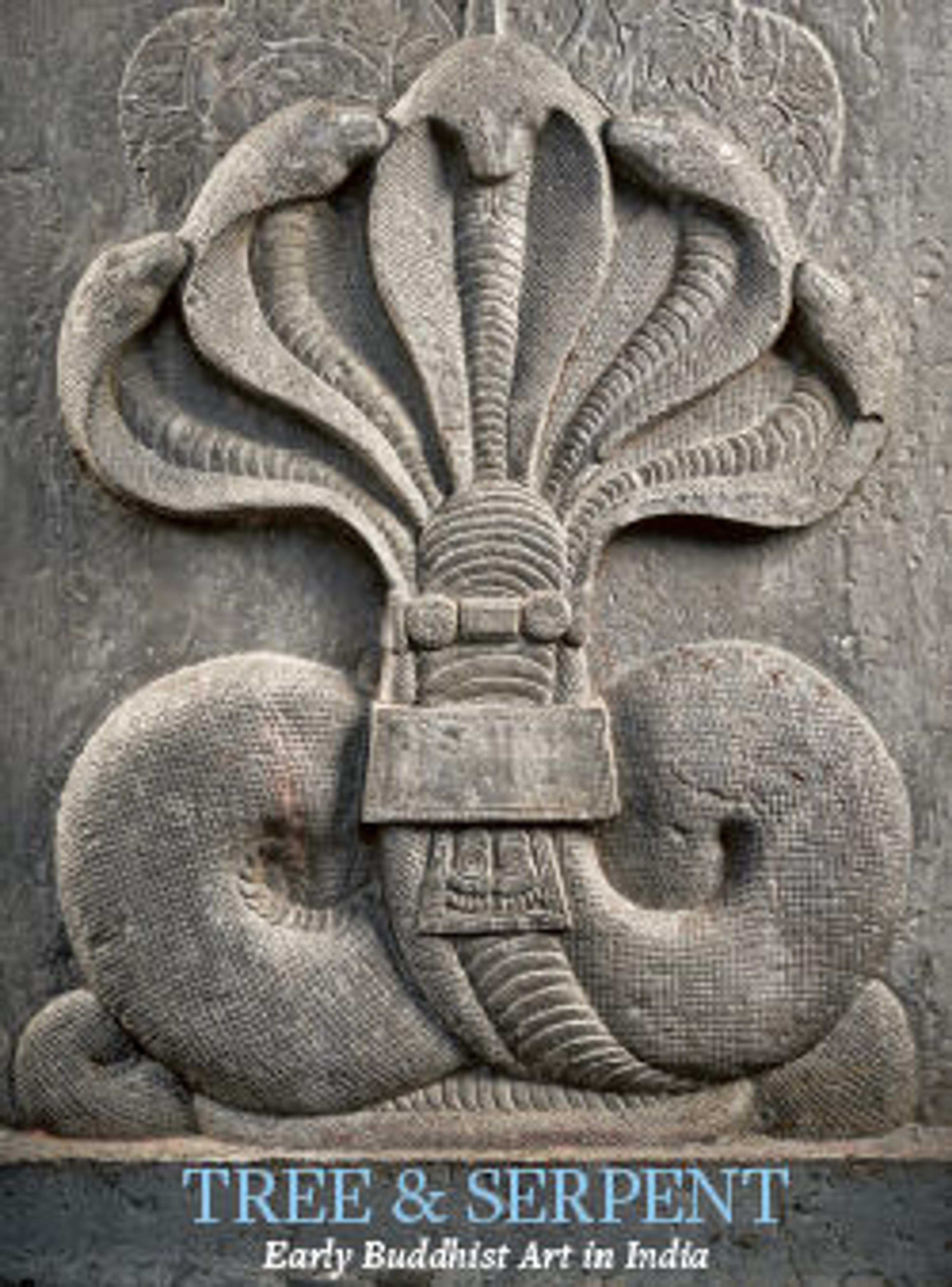Intended to inspire the devout and provide a focus for religious practice, Buddhist artworks stand at the center of a great religious tradition that swept across Asia during the first millennia. How to Read Buddhist Art assembles fifty-four masterpieces from The Met collection to explore how images of the Buddha crossed linguistic and cultural barriers, and how they took on different (yet remarkably consistent) characteristics in India, Pakistan, Afghanistan, the Himalayas, China, Korea, Japan, Sri Lanka, Thailand, Cambodia, and Indonesia.
Works highlighted in this rich, concise overview include reliquaries, images of the Buddha that attempt to capture his transcendence, diverse bodhisattvas who protect and help the devout on their personal path, and representations of important teachers. The book offers the essential iconographic frameworks needed to understand Buddhist art and practice, helping the reader to appreciate how artists gave form to subtle aspects of the teachings, especially in the sublime expression of the Buddha himself.
Met Art in Publication
You May Also Like
Press the down key to skip to the last item.
Citation
———. 2019. How to Read Buddhist Art. How to Read 7. New York: Metropolitan museum of art.





